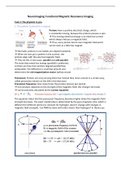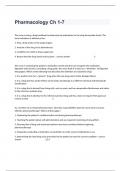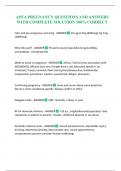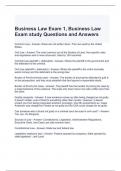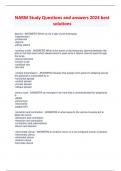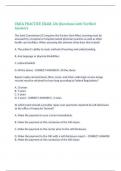Samenvatting
Summary Neuroimaging: Functional MRI - Research Master - Maastricht University
- Vak
- Instelling
This includes a concise summary of all 9 Tasks. I did not summarise each paper individually as they more or less all say the same. The summary is less detailed than my other summaries but the exam is not too hard and the necessary information is in there. The exam was at the level of this summary. ...
[Meer zien]
